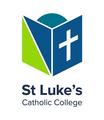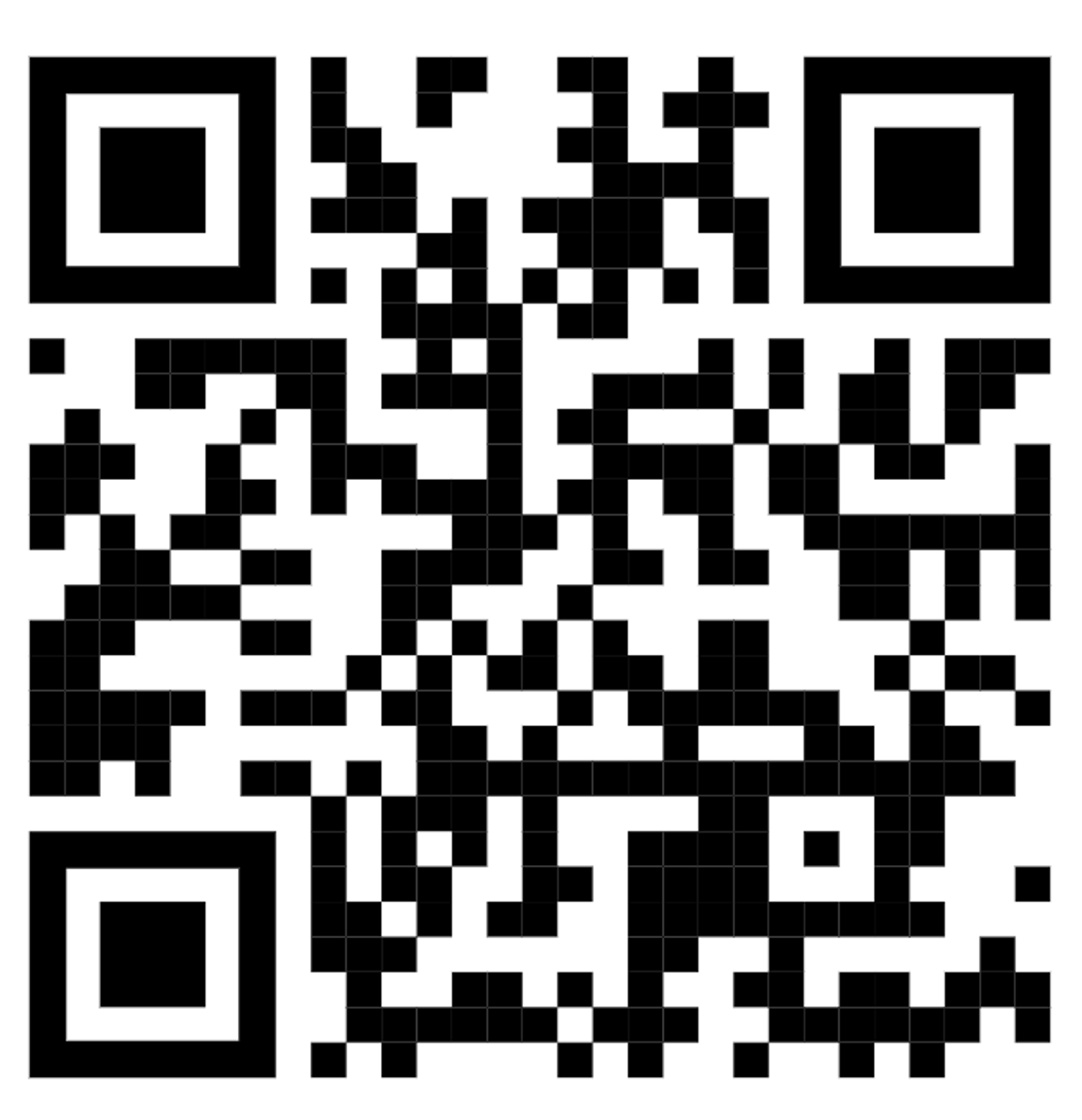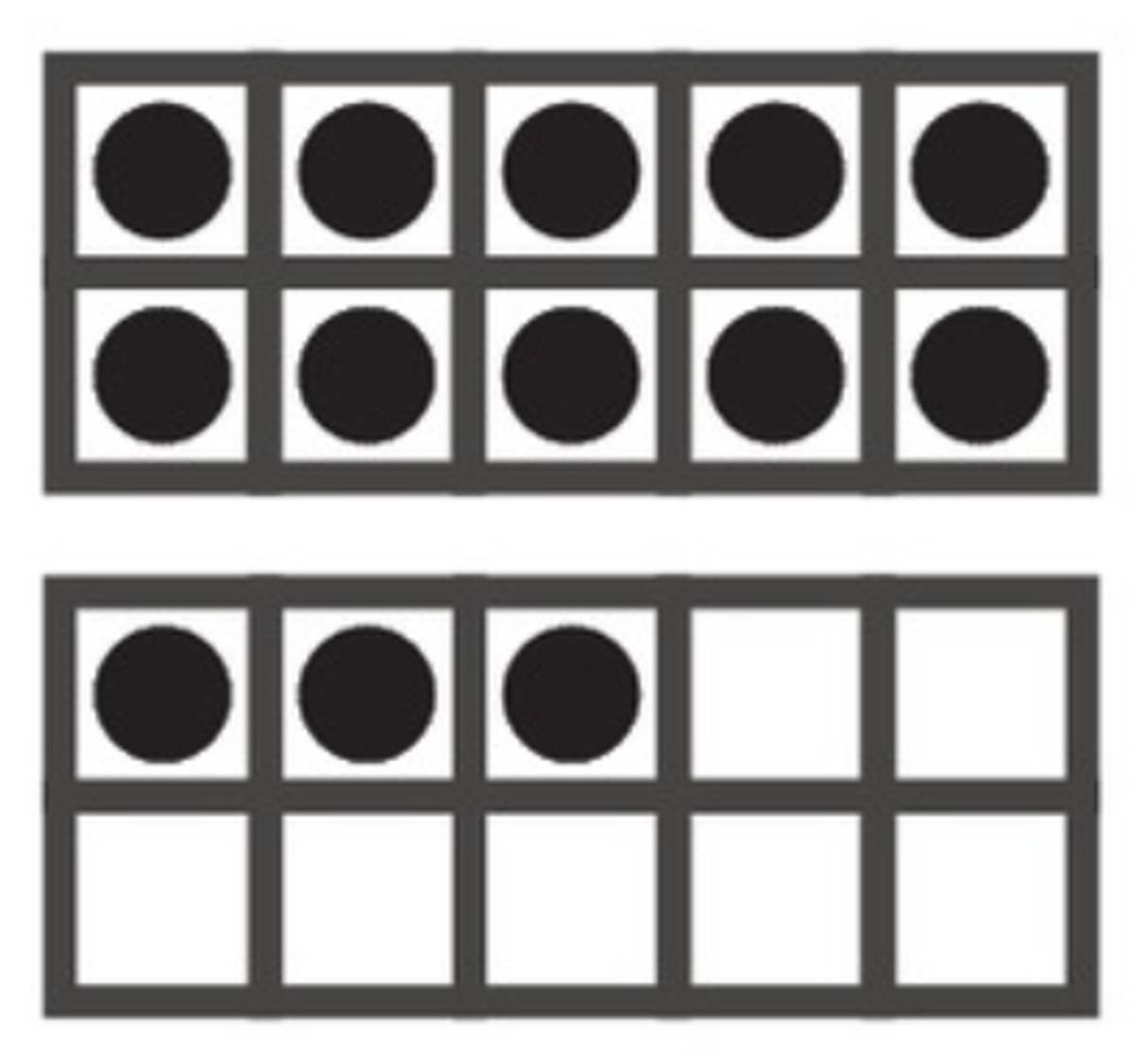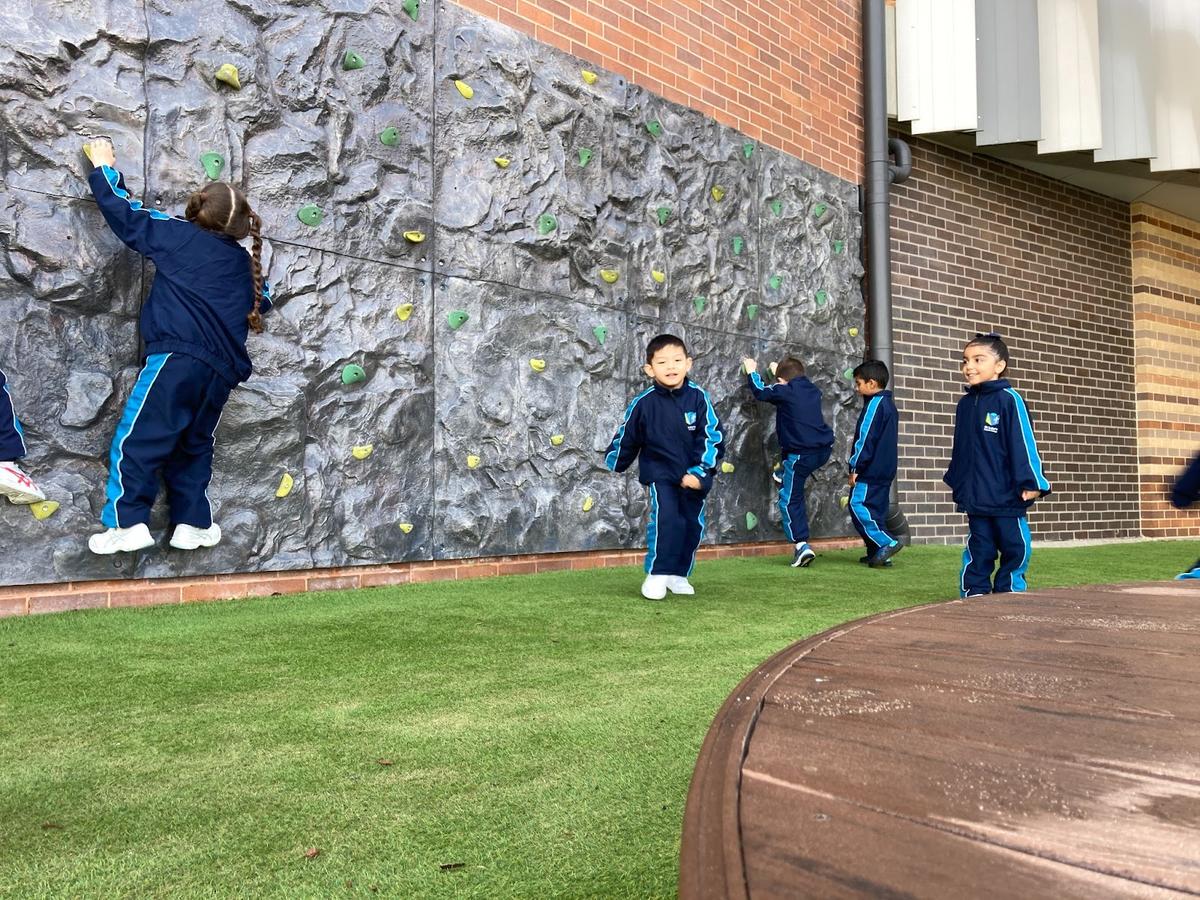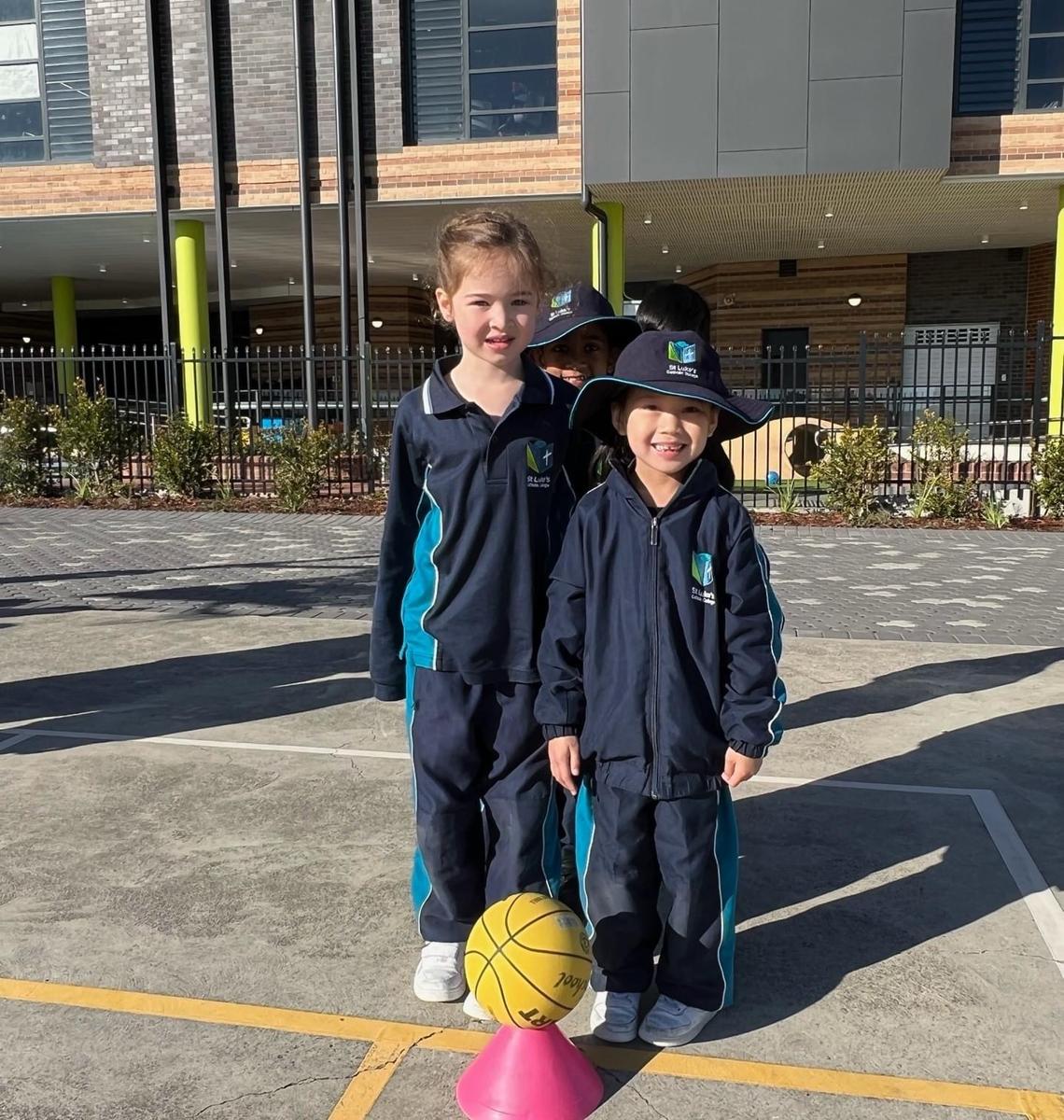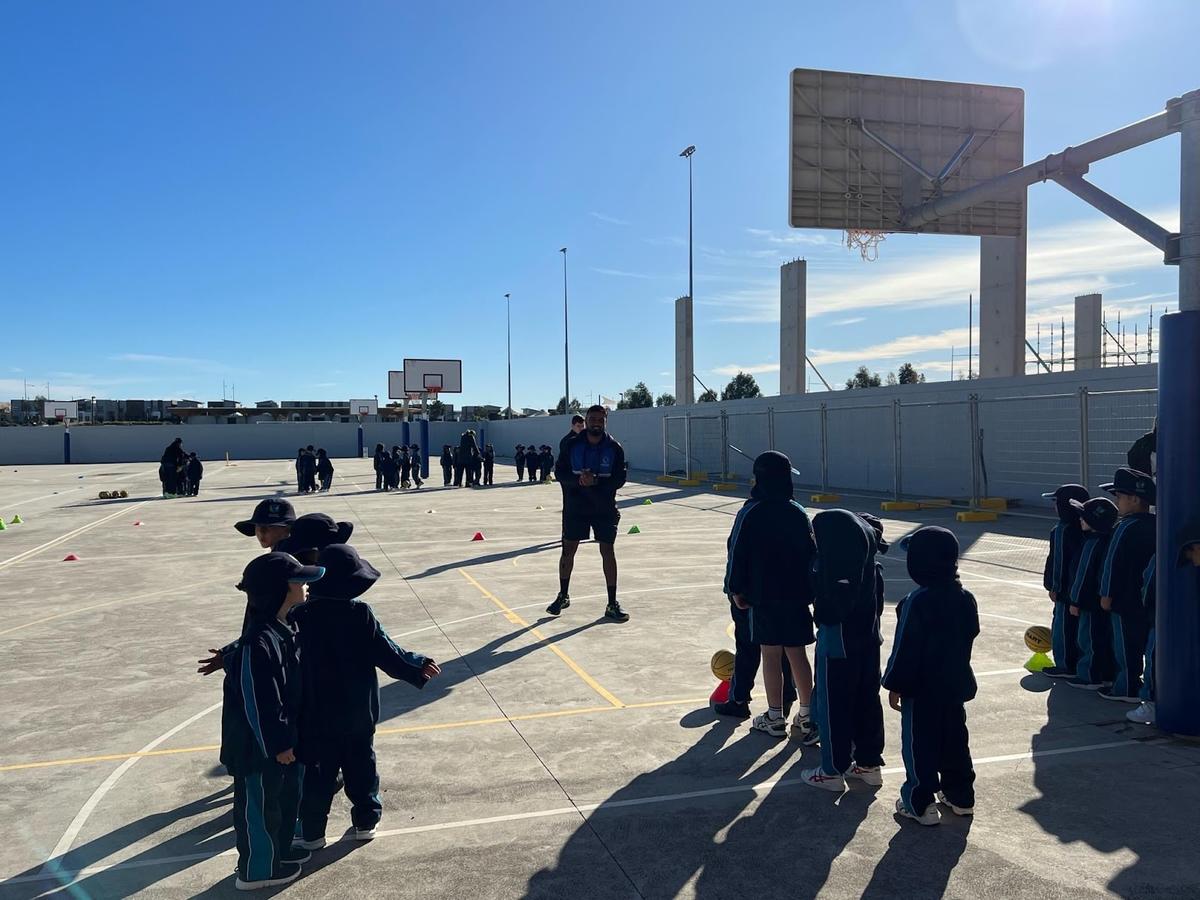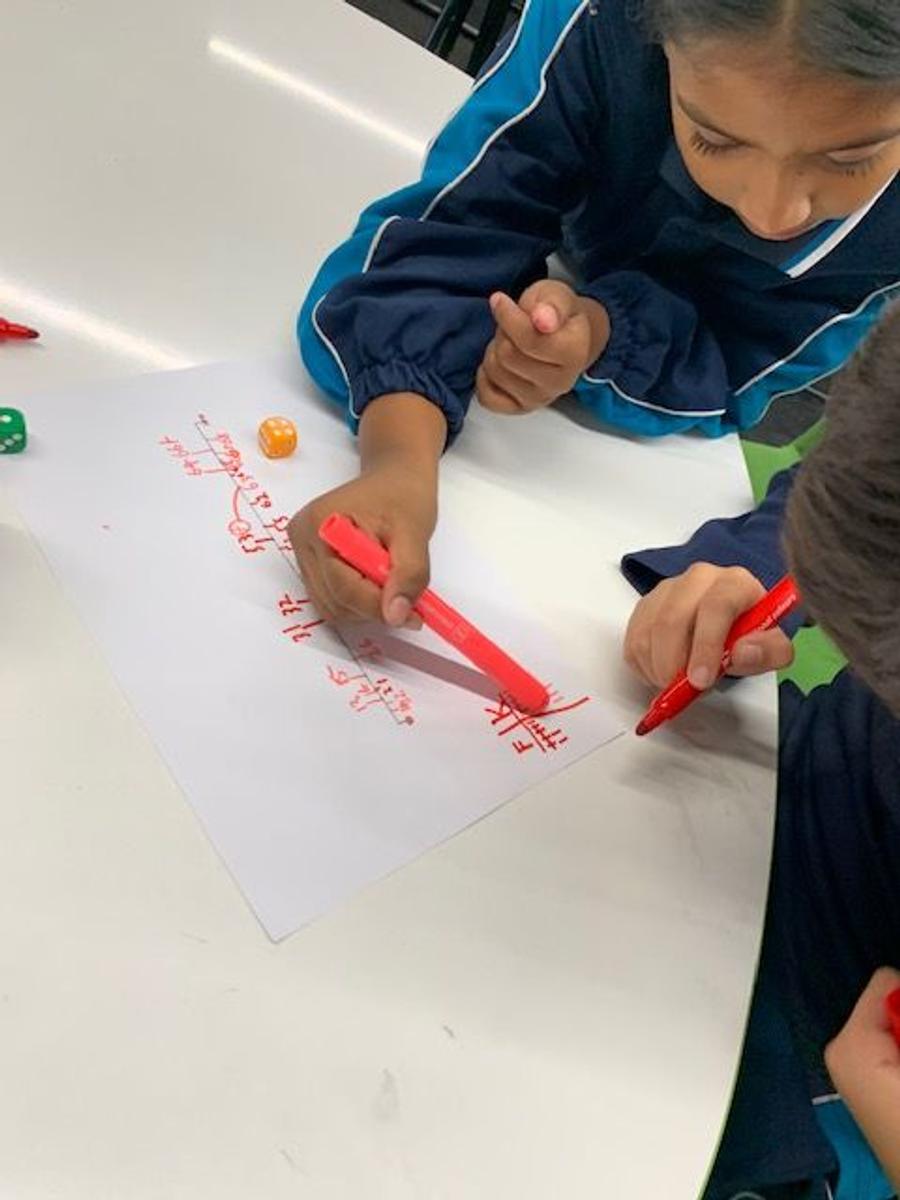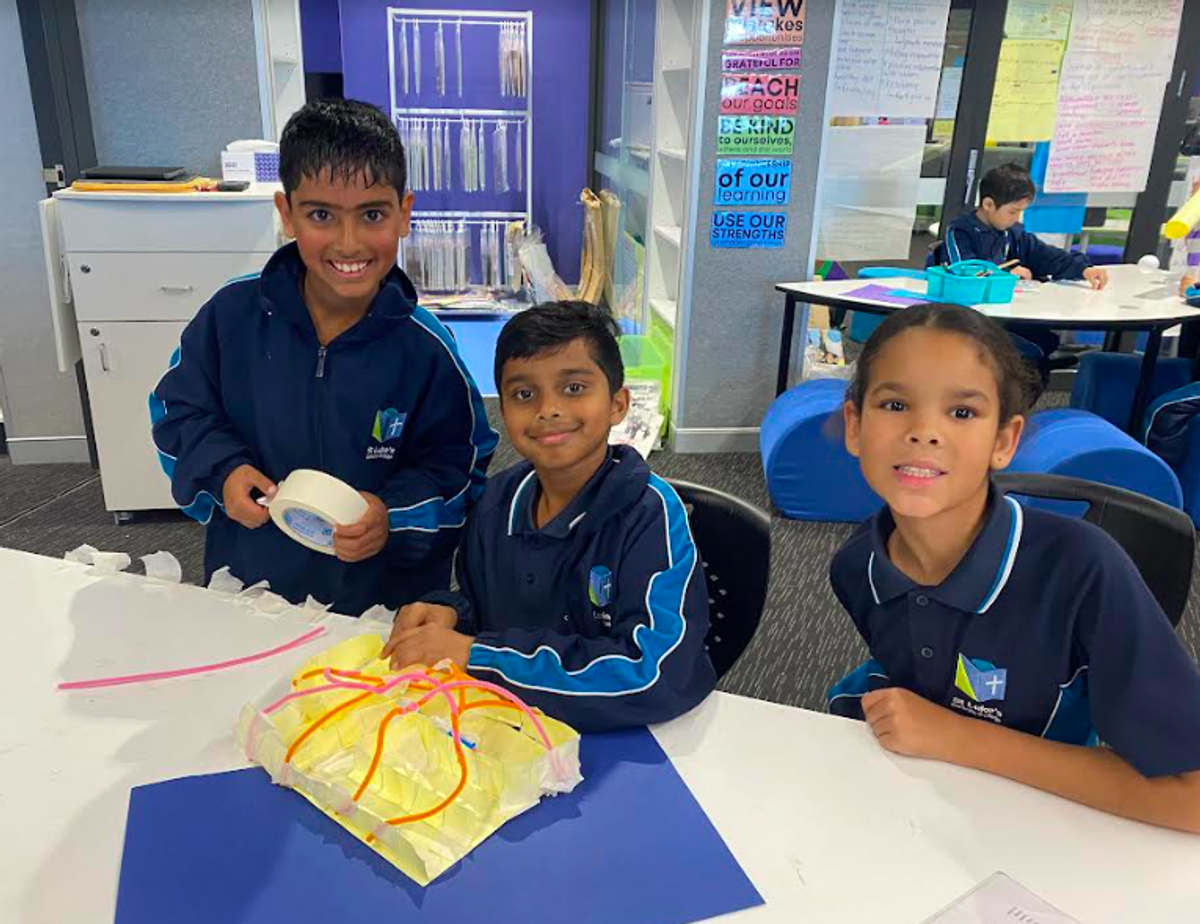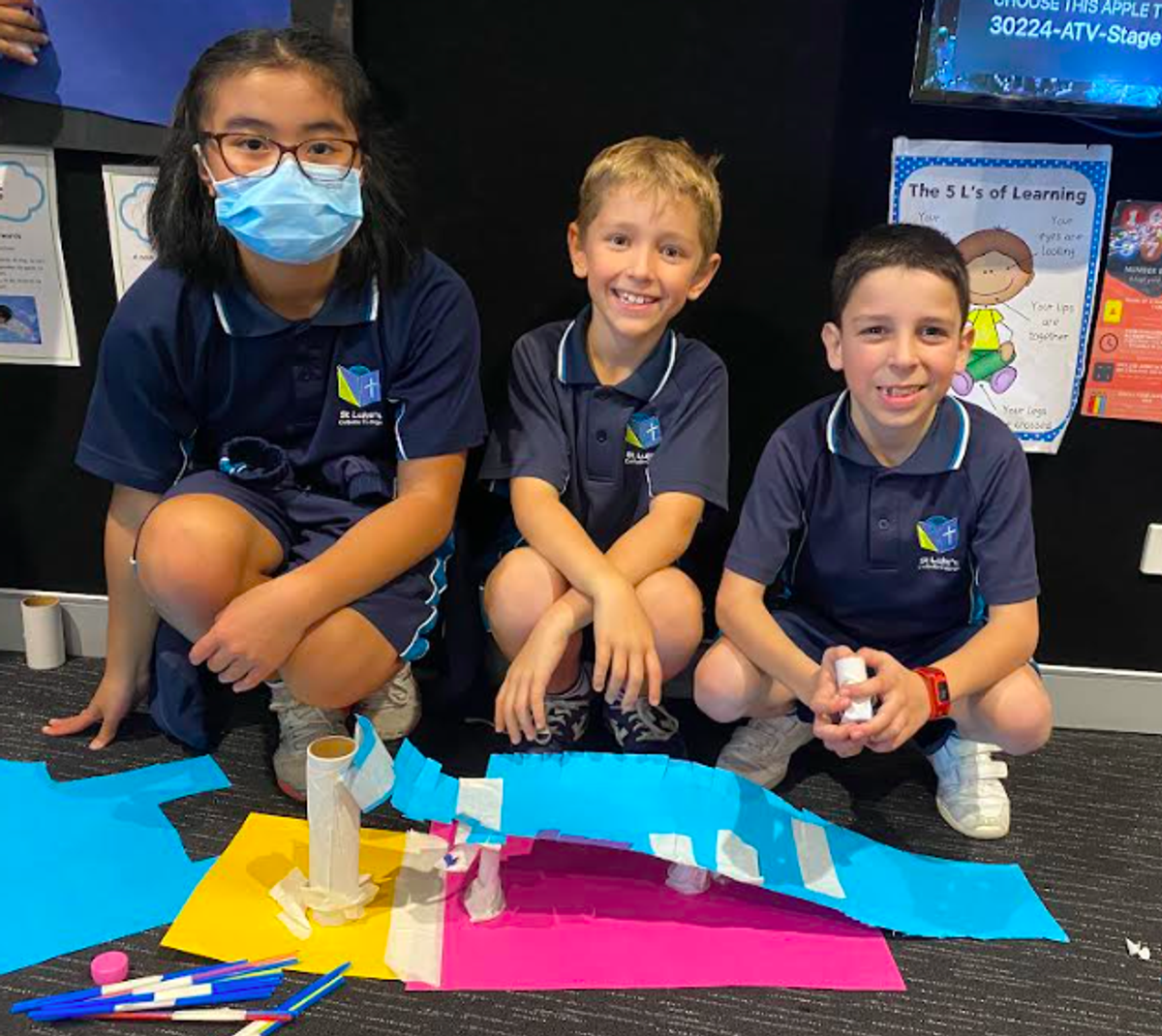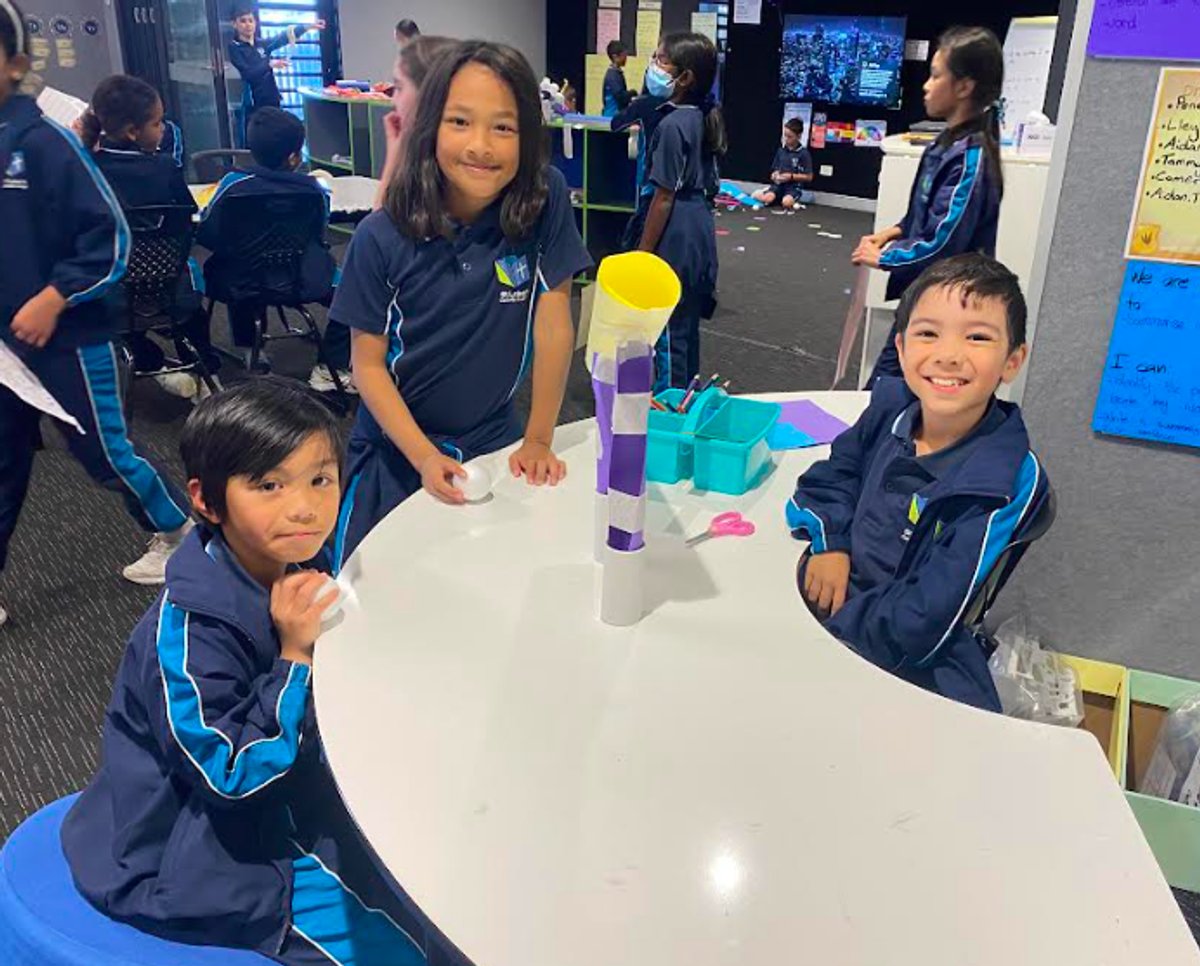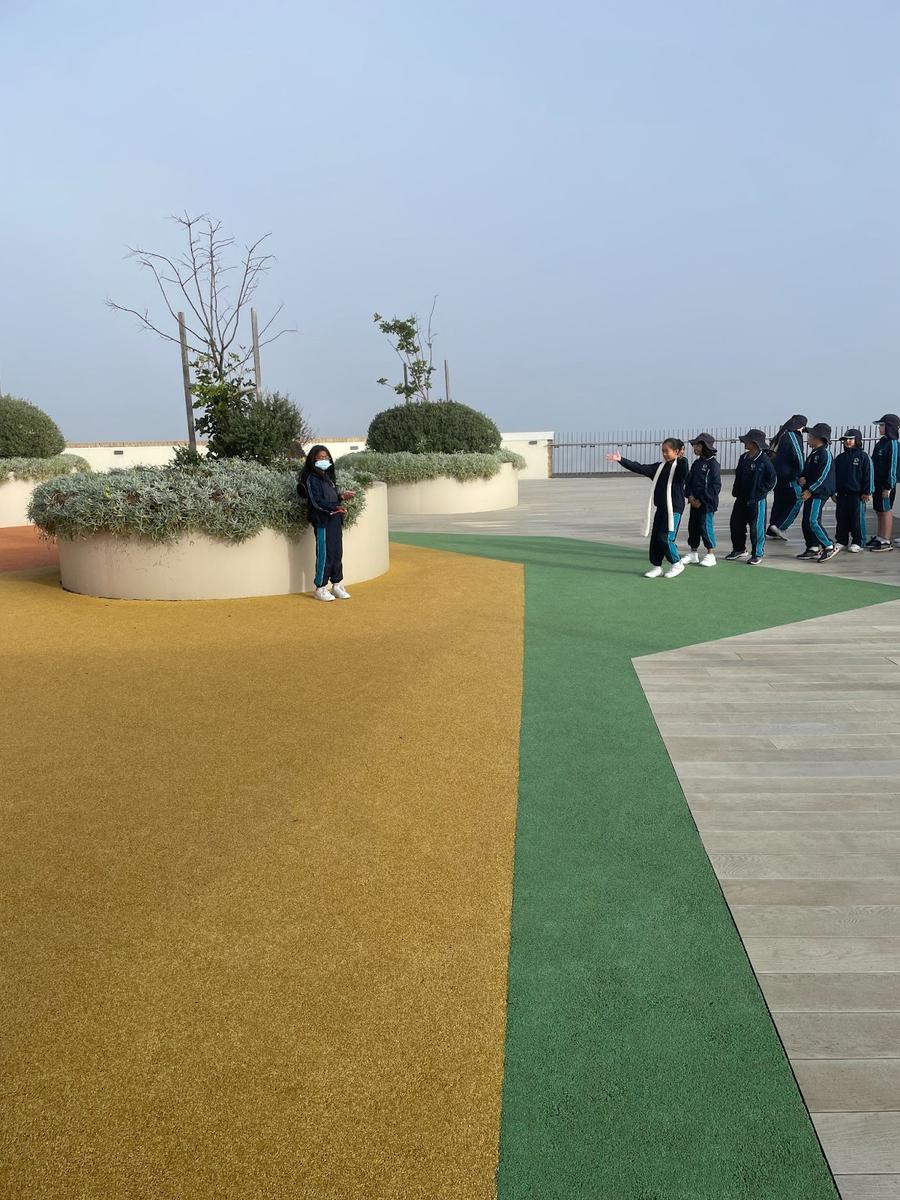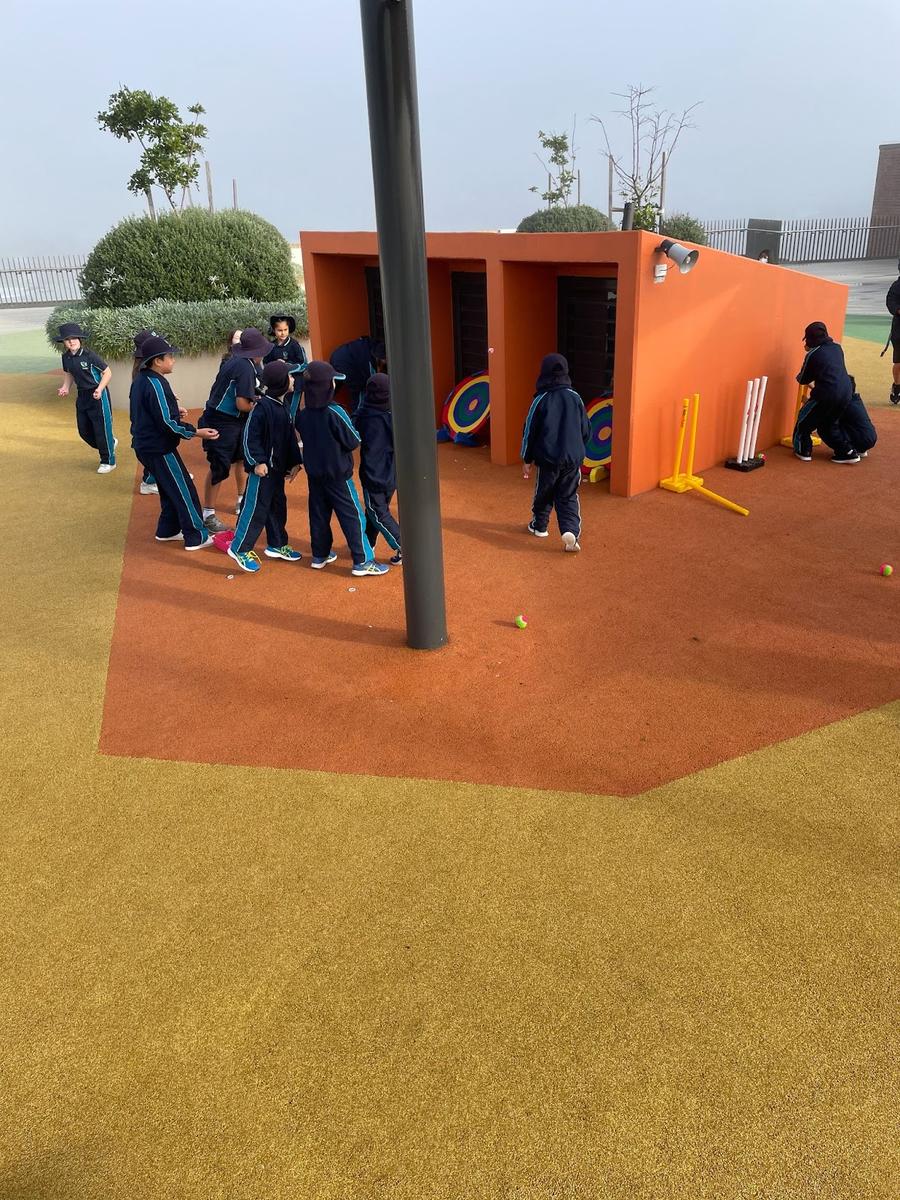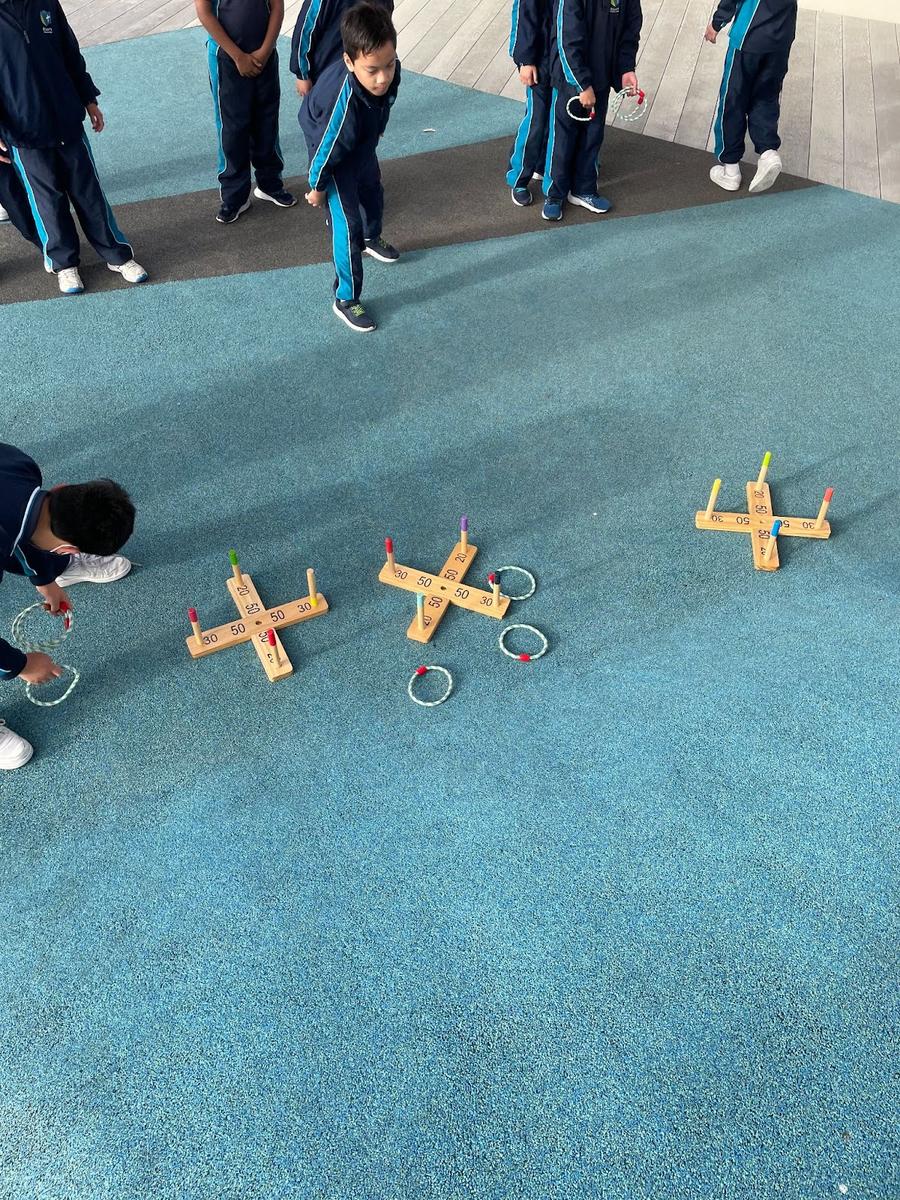School of Foundations
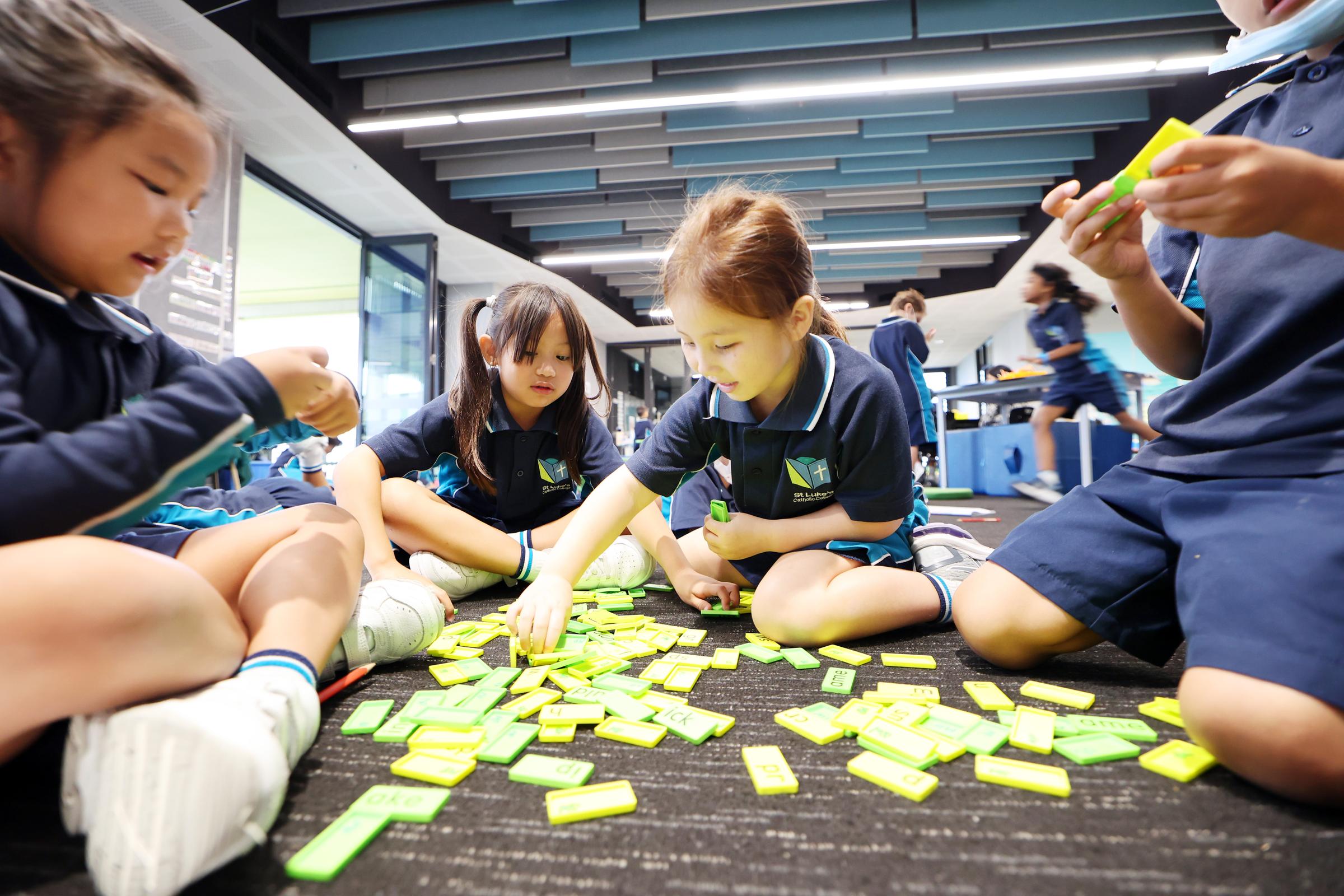
What’s Happening in the School of Foundations
Dear Parents & carers,
Each week, I am amazed at the learning the students have engaged in with their teachers and peers. Many parents who attended the Student Led Conferences would have heard from their child as they shared their learning based on the pillar outcomes as well several key learning areas such as English and Mathematics. I would encourage all of our parents in K-4 to access Seesaw as this like our student-led conferences allows you as a parent to acknowledge your child’s learning. Parents can read the feedback the teacher has provided and have a discussion with your child about what they did well and what their next steps are to improve future learning. Teachers also enjoy reading parent comments as it is an acknowledgement of you working in partnership with the teachers and valuing the work they do as educators of your child.
In continuing to be open in our communication with our parents, last week the School of Foundations teachers spoke about the importance of providing positive feedback to parents more often throughout the term. We want to share with you all the wonderful work and positive choices your child is making in their learning. Starting Term 3, teachers will be emailing parents to keep you informed of the great work your child is doing.
As we approach the end of the term, I understand the holidays provide you with the time to take your child for a haircut. I wanted to remind parents about the school expectations for hair. If your child attends school with an inappropriate haircut we would ask this be rectified within 48 hours.
Please see the guidelines as outlined in the Parent Handbook which you accepted to adhere to when you enrolled at St Luke’s. I have also included the makeup section which includes nail polish.
Hair – Girls
- Hair is to be tidy and neither grown, cut nor groomed in an extreme or exaggerated fashion.
- Hairstyles should be neat and well groomed. Shaved heads, lines, steps, undercuts and exaggerated layering are not accepted.
- Shoulder length hair is to be tied back, using ribbons, bands or ‘scrunchies’ in school colours.
- Hair should not obscure the face.
- No contrast in hair colours.
Hair – Boys
- Hair is to be tidy and neither grown nor groomed in an extreme or exaggerated fashion.
- Shaved heads, lines, steps, undercuts and exaggerated layering are not accepted.
- Hair should not obscure the face.
- Hair should not be coloured or bleached.
- Hair should not extend beyond the top of the collar at the back, beyond eyebrows at the front or past the top of the ears.
- No contrast in hair colour.
- No rat-tails or ponytails will be accepted.
- Boys are to have clean-shaved faces.
Make-up
- Students are not to wear make-up as part of their daily presentation.
- Coloured nail polishes, artificial nails and lipsticks are not permitted.
Library Borrowing
All library books are to be returned to school by Monday next week to allow for our librarians to return them and repair any damaged materials. If you have lost or have damaged a book please email your child’s teacher.
Miss Pecnik
Head of School: Foundations K-4
ES1
Science
Students have been participating in a Science inquiry into Earth and space, particularly attempting to answer the questions: How do daily and seasonal changes affect the environment? Students walked around the school engaging with the environment and their senses. They shared with their peers what they hear, smell, see, and feel.
Mathematics
Students in Kindergarten have been playing the game Race to 20 in their Mathematics time. It has been wonderful to see the children collect, count and organsie their collections. The rules of the game are as follows. Scan the QR code to view an example of Race to 20.
Aim
To be the first person to collect 20 counters or objects. Players must use the structure of the tens frame to help them work out how many they have and how many they still need in the most efficient way.
Equipment
- Dice
- 2 tens frames per person (template attached)
Instructions
- Player one rolls the dice and collects that number of counters. The counters are placed onto the tens frame.
- Player two rolls the dice and collects that number of counters. The counters are placed onto the tens frame.
- Players continue taking turns. Each time they must roll the dice and collect that many counters to place on their tens frame.
Encourage your child to say how many counters they have altogether and how many more counters they need to win. For example, “I had 10 counters and rolled a 2, now I have 12 counters. I need another 8 counters to finish the game”.
Encourage your child to look for patterns to help them count instead of counting by ones. For example, “I can see 10 and 3 more, so I know that I have 13 counters”.
- The winner is the first player to fill both of their tens frames.
* For an extra challenge try starting at 20 and race back to 0.
* Encourage your child to visualise the answer, before moving the counters to
check.
Brain Breaks
To keep children fresh and ready for learning, students in Kindergarten participate in a range of brain break activities between their learning. This might included dances, songs, collaborative activities, or even a quick play on the Adventure Playground.
Basketball Skills Workshop
All Kindergarten children have the opportunity to participate in a Basketball skill development program over the last two weeks of school. They will learn gross motor skills such as running, jumping, and bouncing a ball in a fun and collaborative way.
Stage 1
Students in Stage 1 have been working on informative text type across reading and writing. Students have explored how informative text types provide real information that has the ability to teach others. This week across Stage 1 classes, students have been reading and writing all about procedures. In Stage 1 Wizards, Students have been writing about how to make a Milkshake. Prior to the writing students viewed a recipe with ingredients and equipment list. Your child then decided the flavour of milkshake and began to write their own informative procedure. Through procedure writing students have revised the meaning of verbs, adverbs and sequence words (First, Next, Then, After that, Finally). Next week Students will have an opportunity to follow their procedure and create their own Milkshake!
In stage 1 we have been learning about length this week. Students have been exploring what measuring correctly looks like by making sure they start and end in the correct areas, don’t have gaps or overlaps and measure with a unit that is exactly the same. We have just started exploring what would be the most efficient unit to use when measuring a curved edge. We have more exploring to do and look forward to what our students will find through their investigations!
Stage 2
Mathematics
Students in Stage 2 Hogwarts have been working on their number skills by playing the Double Hat Trick. This is a great game for students to revise their place value knolwedge as they form their own numbers with dice and plot them on a number line. Students take care and work with each other to position their numbers on the line.
We have also been developing our understanding of multiplication and division. Last week students were working on moving our thinking from concrete (drawing all), to partial abstract (drawing some) to abstract (mental strategies).
Here are some examples.
Science
This term in Science, students in Stage 2 have been investigating the inquiry driving question “As scientists, how can we use forces or energy in a product or system?”
As part of the unit, students explored how forces work in everyday objects. To finish off the unit, in cooperative groups students are creating a product or system that uses a force. Students will be showcasing this product or system as part of their Science Exhibition to Stage 1 students in Week 10.
PE -
This week in PE, students worked in groups and rotated around a variety of stations in a circuit type setup. Students worked on various skills such as running, throwing and aiming, jumping and teamwork. Each rotation, students took turns at tallying up and keeping score for their teams which promoted their addition and tally skills from Numeracy.
